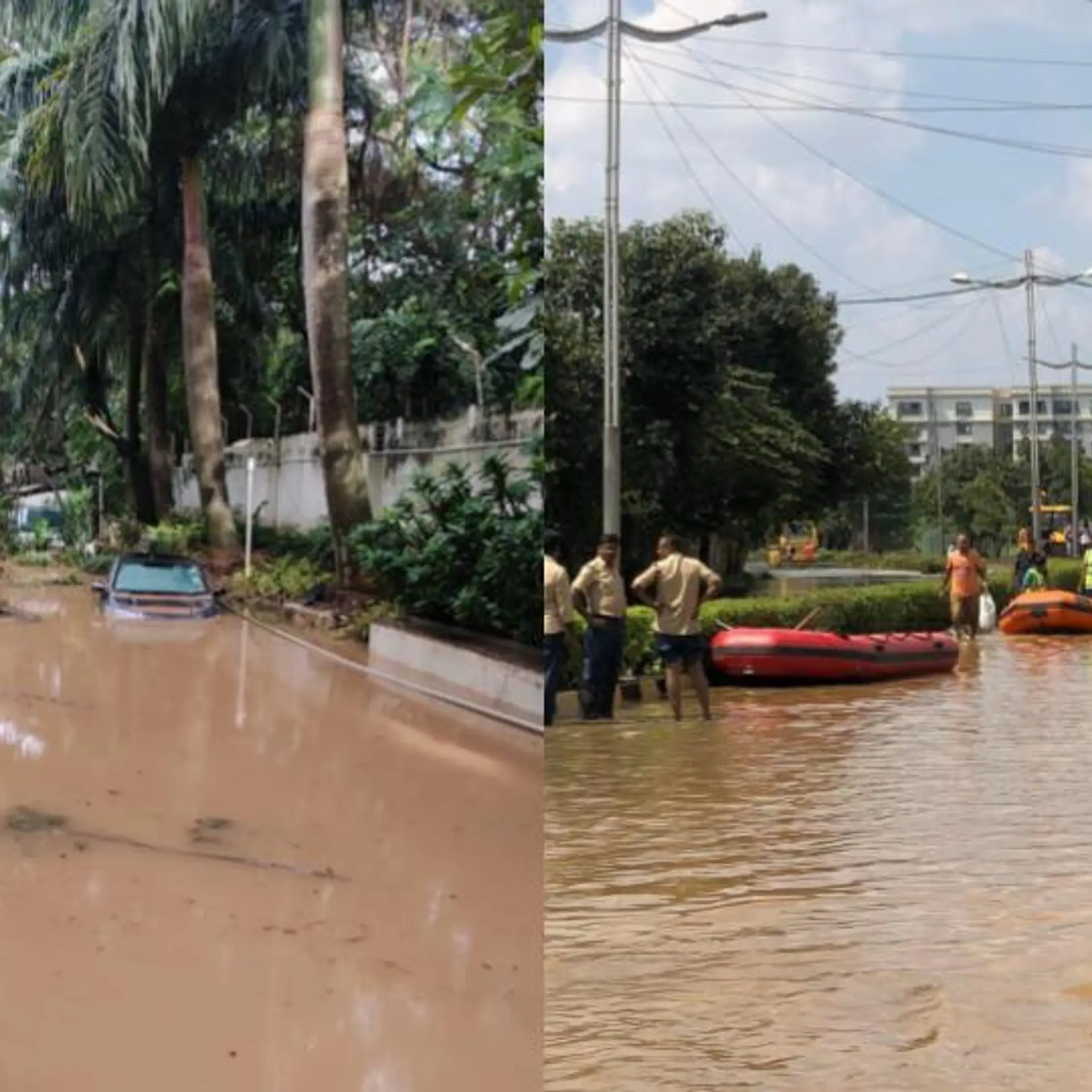Can mobile apps be patented?
Mobile Applications have become a day to day requirement in the increasingly evolving mobile internet environment. But from a mobile application developer’s point of view, it is essential to give equal importance to intellectual property rights when commercializing a new mobile application. This write-up is a continuation of our previous article, and it dwells more deeply into the key considerations of patenting mobile applications.
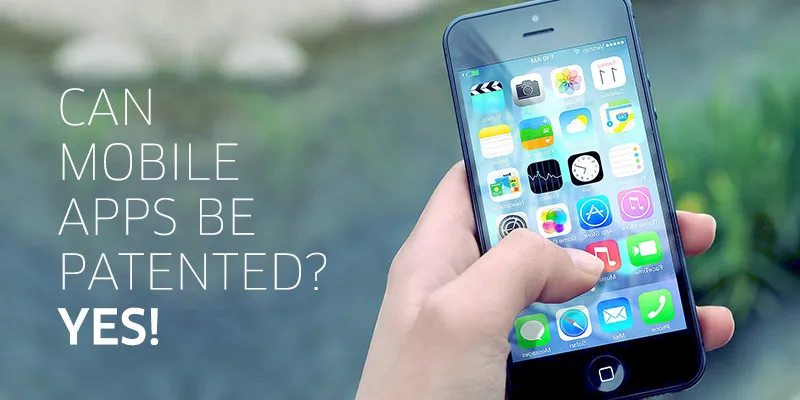
In India, any practical implementation of a software related innovation is patentable. For e.g. if there is a technical feature in a mobile app that increases the efficiency or speed of a certain process, it may be patentable. To make it more understandable for mobile developers, we have come up with a fairly comprehensive list of different aspects in a mobile application environment which may be patented. Here are some of the aspects/concepts that can be considered for patenting:
1) Server based processing
2) User/mobile interface based processing
3) Interaction of User/mobile interface with the server
4) Processing of information partially at the mobile interface end and partially at the server end
5) Output at a mobile device
6) Creation of a database at Server or mobile device
7) Presentation of information, info-graphics at mobile device
8) Feedback from mobile device to a server
9) Reporting of feedback receipt, processing at server end and processing at mobile device end
10) Involvement of 3rd party external servers, external databases and/or geo-location devices
11) Communication of various devices (mobile devices, specific functionality driven, etc.) for processing to display a particular output.
12) Mobile transactions using 3rd party servers
13) Authentication and Security processes at various level of access and transactions
14) Processes for maintaining privacy of data
15) Identification of user through camera interface, biometrics, log in credentials, QR code, etc.
16) Pushing/broadcasting of data to various mobile devices.
17) Communication and messaging platforms
18) Networking Platforms
Some may say it’s easy to theoretically speak about these concepts, and about what can or cannot be patented. But, what is the actual patent scenario with respect to mobile applications around the world? We decided to give you an info-graphical representation of the patent environment of mobile applications to get a visual understanding of the present patent scenario. These graphs have been generated using the Questel Orbit Patent Database, after performing a strategized search and analysis. This graph represents analysis data of about 900 relevant patents in the mobile application domain.
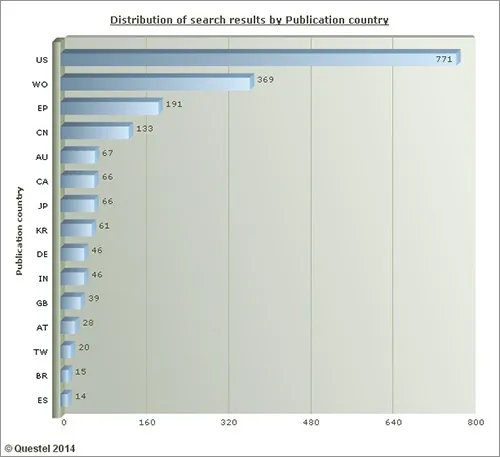

Hello readers! Mobile is truly eating the world. With so much action happening in the world of Mobile and Apps et al, we bring to you MobileSparks 2014 (December 19, Bengaluru) - a conglomeration of all-things-mobile. We've an amazing lineup of speakers, with insights and content that you'll be able to convert into action. Book your spots right away.
Here is a graphical representation of the number of patents published in the top 15 countries that have patents in the mobile application technology domain. As depicted above, United States, WIPO and Europe take the top three positions for the number of patents. It is also important to note that India (IN) is one of the top 15 players in the mobile application patent environment.
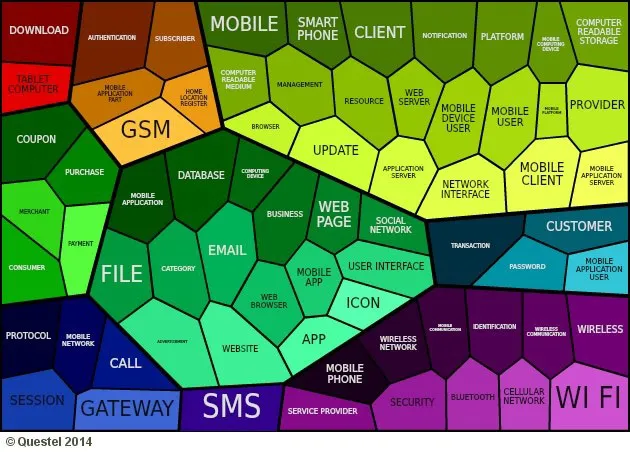
This graph is an overall representation of the different technologies and concepts under the mobile application technology domain. As shown above, the bigger the shape, the more number of patents present in that specific subject area. This graph gives a wide array of possible patentable aspects of a mobile application. However, it is not exhaustive as it represents a limited sample of data.
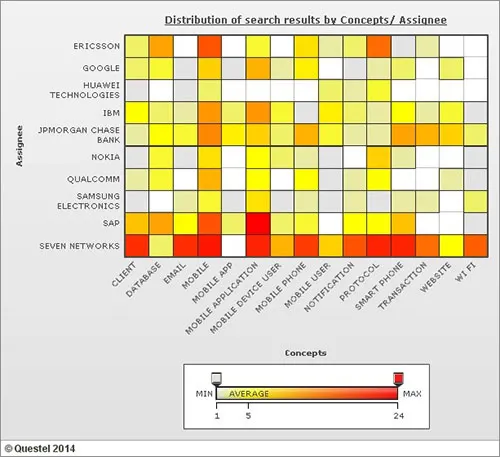
This fire graph represents the companies/assignees or the main players in the mobile application technology domain. It is a 3-dimentional representation of the technology concept domain, plotted against the assignees; and the number of patents an assignee has, in that specific technology concept domain. As seen in the above graph, the company Seven Networks has a fairly strong patent portfolio in the mobile application technology domain.
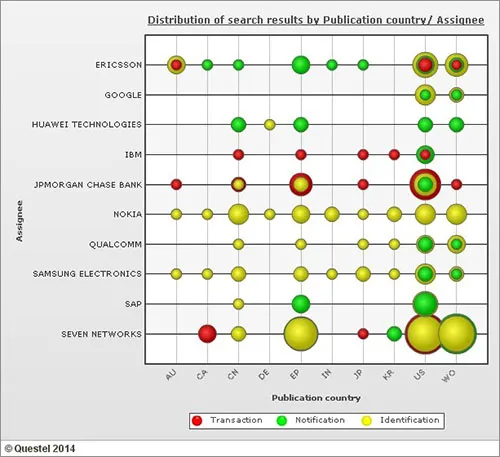
Here is another 3-dimentional representation which plots the assignee against the publication country. Three specific technology concepts have been chosen to give a better understanding of the distribution of these specific concepts. The size of the shape is directly proportional to the number of patents in that specific concept. Through this graph it can be concluded that India is also an active participant in this technology domain. India has several patents by Samsung Electronics and Nokia in the Identification concept domain, and also has several patents by Ericsson in the Notification concept domain.
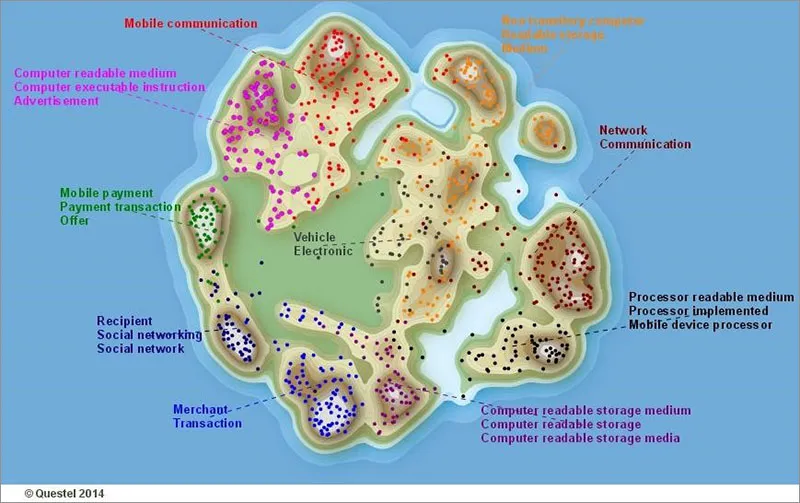
The above graph is a Technology Landscape/Technology Segmentation graph which gives a complete overview of the concentration of each technology concept domain, and how it is distributed. The graph is self explanatory as it depicts the different concept domains, the concentration of the number of patents and how these concepts are linked and scattered.
Using this graph one may perform several analyses based on specific strategies. For e.g., a white-space analysis may be conducted to assess which technologies have scope to be ventured into, or which technology domains are highly concentrated with patents, and many more such aspects.
This overall depiction of patents in the mobile application domain will give you an assurance that mobile apps may be patented. Using the fairly comprehensive list of what is patentable, you may start the process of narrowing down how you would want to claim for your mobile application. It is always advisable to take an expert opinion, as some of these aspects are best known and understood out of experience. Ensure that other don’t reap the rewards of your efforts! Protect your mobile apps, and take credit for what you innovated!
About the author:
This post is co-authored by Gaurav Singhal and Ananya Dhuddu. Gaurav is the Director and Principal IP Attorney at Patracode Services Pvt Ltd. A B.Tech in Computer Science, LLB from IIT-Kharagpur and Masters in Business Laws from National Laws School of India University, Gaurav has been working in the IPR field since many years. Ananya Dhuddu is an IP Analyst at Patracode Services Pvt. Ltd. She is a Life Sciences graduate from Pennsylvania State University, USA. She holds a PG Diploma in Medical Law and Ethics from National Law School of India University, Bangalore and a PG Diploma in IPR and Patent Management from GIIP, Bangalore.






